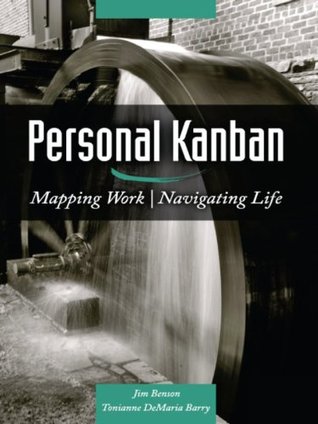More on this book
Community
Kindle Notes & Highlights
workflow, understanding that your capacity is not the same as your throughput,
healthy personal and professional productivity.
I am no self-help sufi or productivity pontiff.
we become careless about what it is that we actually do. An economic view of our work becomes our only view of our work.
There was no time to revel in accomplishments or even notice they had occurred.
team. I wanted a map of my work depicting not only the tasks at the office, but everything that mattered to me. Rather than being pushed by life, I wanted to pull life along with me.
low maintenance, but high yield.
work, and better planning.
Is this as good as it gets?
Personal Kanban is a visual representation of work that makes the conceptual tangible.
Shu Ha Ri, a cycle of learning where first you learn the basics, then you question them,
The only way out is “through.” Often, you can’t delegate, procrastinate, or ignore personal work.
Our work is our story, both interesting and instructive.
Personal Kanban (and this book) will, on the other hand, give you the freedom and support you need to do outstanding work.
You can—and will—change your work strategies often.
Tasks change constantly, varying in size, urgency, ramifications, and “customer” (who you are doing the work for,
When our backlog is ambiguous—when it doesn’t have a physical presence—our decisions are seldom grounded in reality. While we often allow our emotions to guide us, it’s best to make informed decisions and for that, we need a clear view of our work.
This phenomenon—known as the “Zeigarnik Effect”—states that adults have a 90% chance of remembering interrupted and incomplete thoughts or actions over those that have been seen through to completion.
Visualizing work and limiting WIP neutralizes the cognitive overload brought on by the Zeigarnik Effect, dispelling uncertainty and promoting follow-through.
Working like this is fulfilling. It bolsters selfesteem.


